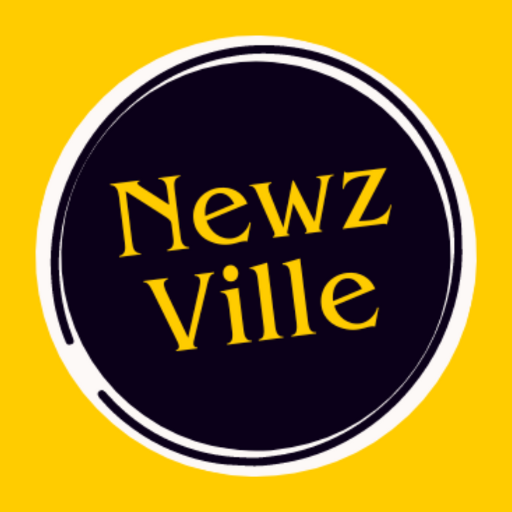NewzVille Science Desk
Just think about if your car is exchanging information with other traffic and road signals as you travel. Those information help your car anticipate actions you can’t see like the sudden slowing of a truck as it begins to turn ahead of you, or an obscured traffic signal turning red. Meanwhile, this system has plotted a course that will drive you toward a station to recharge or refuel, while a conversation with a weather service prepares your windshield wipers and brakes for the rain ahead.
This trip requires a lot of communication among systems from companies, government agencies, and organizations. How might these different entities – each with their own proprietary technology – share data safely in real time to make your trip safe, efficient, and enjoyable?
Technologists at NASA’s Ames Research Center in California’s Silicon Valley created a framework called “Data & Reasoning Fabric” (DRF), a set of software infrastructure, tools, protocols, governance, and policies that allow safe, secure data sharing and logical prediction-making across different operators and machines . Originally developed with a focus on providing autonomous aviation drones with decision-making capabilities, DRF is now being explored for other applications.
This means that one day, DRF-informed technology could allow your car to receive traffic data safely and securely from nearby stoplights and share data with other vehicles on the road.
In this scenario, DRF is the choreographer of a complex dance of moving objects, ensuring each moves seamlessly in relation to one another towards a shared goal. The system is designed to create an integrated environment, combining data from systems that would otherwise be unable to interact with each other.
“DRF is built to be used behind the scenes,” said David Alfano, chief of the Intelligent Systems Division at Ames. “Companies are developing autonomous technology, but their systems aren’t designed to work with technology from competitors. The DRF technology bridges that gap, organizing these systems to work together in harmony.”
Traffic enhancements are just one use case for this innovative system. The technology could enhance how we use autonomy to support human needs on Earth, in the air, and even on the Moon.
To illustrate the technology’s impact, the DRF team worked with the city of Phoenix on an aviation solution to improve transportation of critical medical supplies from urban areas out to rural communities with limited access to these resources. An autonomous system identified where supplies were needed and directed a drone to pick up and transport supplies quickly and safely.
The DRF technology is part of a larger effort at Ames to develop concepts that enable autonomous operations while integrating them into the public and commercial sector to create safer, efficient environments.
Industries like modern mining involve a variety of autonomous and advanced vehicles and machinery, but these systems face the challenge of communicating sufficiently to operate in the same area. The DRF technology’s “choreography” might help them work together, improving efficiency. Researchers met with a commercial mining company to learn what issues they struggle with when using autonomous equipment to identify where DRF might provide future solutions.”
Further testing of DRF on equipment like those used in mines could be done at the NASA Ames Roverscape, a surface that includes obstacles such as slopes and rocks, where DRF’s choreography could be put to the test.
Stock also envisions DRF improving operations on the Moon. Autonomous vehicles could transport materials, drill, and excavate, while launch vehicles come and go. These operations will likely include systems from different companies or industries and could be choreographed by DRF.
As autonomous systems and technologies increase across markets, on Earth, in orbit, and on the Moon, DRF researchers are ready to step on the dance floor to make sure everything runs smoothly.



